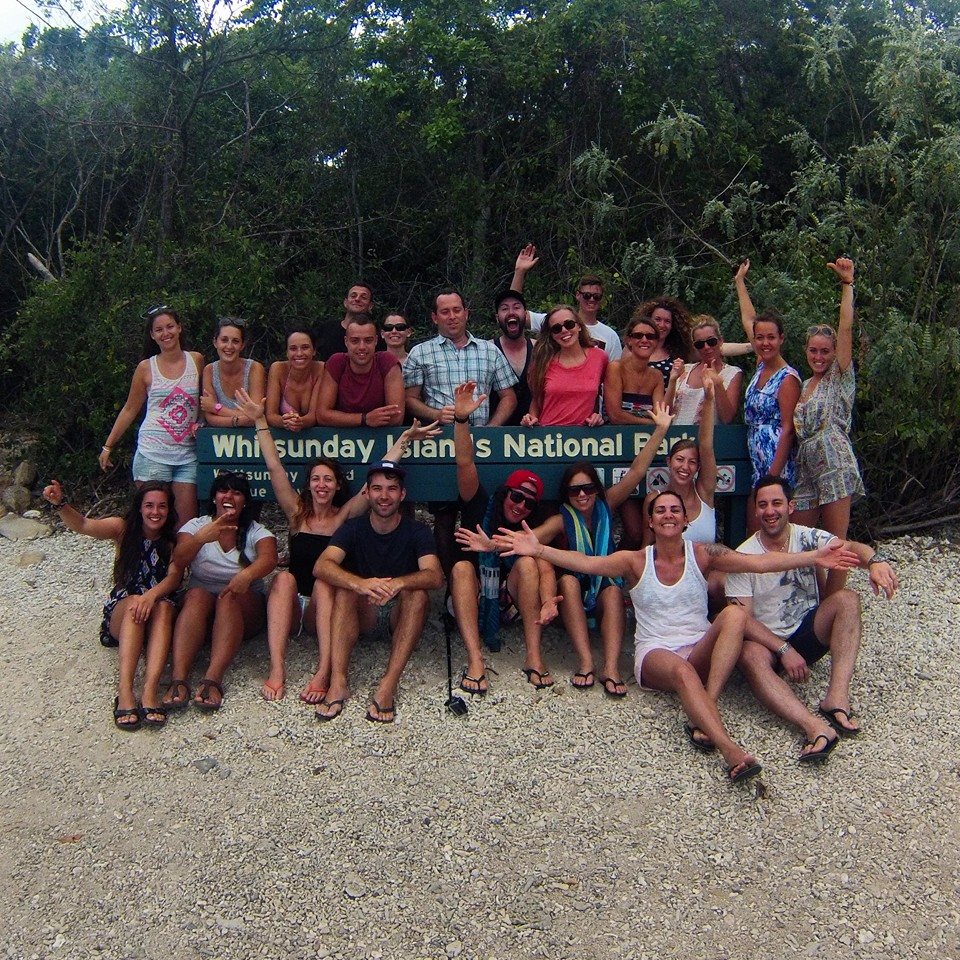Growing up in a Christian home meant that I always knew how the world came to be. There was never a question of what was plausible, or whether I was sure (until my faith became my own). As a child, I was able to hear the stories and believe how the world came to be in 6 days. As I’ve grown up and sought out knowledge, I have learned so many different stories of the creation of our Earth, from Darwin’s theory, to Greek and Roman myths. As a child, I also learned about how evil came into the world as part of the same story of how the world was created – the tree of knowledge, the serpent, silly Eve (according to John Milton). In Thomas King’s narrative The Truth About Stories, he retells the story of how evil comes into the world. This story I will now retell to you.
While on a walk to clear the mind, Bailey saw a group of people huddled together on a field. They were surrounding a pair of dice, a gun and several sheets of paper, trying to come up with the wildest thing they could do with all of them. Bailey stood back, watching them, observing them, trying to predict their next move and idea. The people in the group tried many options: they tossed the die to see how many shots they had to put a bullet through the piece of paper; they put the gun on the ground and tried to spin it around the same number the dice gave with the piece of paper underneath it to keep track of the rotations; they made a paper airplane which could hold the dice, then shot it down with the gun. After a few more wild ideas, Bailey approached the group, saying, “I know the wildest thing you can do”. The people were confused as to where Bailey came from, or even how Bailey knew of their game, but they were intrigued. Bailey then told them of horrible things they could do with the dice, paper and gun – things that would give you nightmares and haunt you when you turned the lights off. The people in the group knew that this was the wildest thing they could do, but replied with trepidation: “Thank you for your help, and your idea is the most wild, but we do not want to do that. We cannot put those words into action, it is not good”. But it was too late. The story was now in their minds and their hearts, and they would forever know that it cannot be called back.
What I learned from this story is that words and stories are more powerful than actions. While all the witches were able to perform the scariest things, the words are what lingered. This reminds me of Chamberlin’s idea of the world of words. It seems that with these two stories in mind, the world of words will outlast the physical world. The scary things the witches, or the wild things the group, performed did not invite evil into the world, but the scary story full of “fear and slaughter, disease and blood” (King 9), and the wild idea that promised to haunt the mind of the listener, invited evil into the world. For me, this also emphasizes the fact that our world is based on the emotional and intellectual connection between people and between people and nature with less on the physical connection. Do you agree?
Works Cited:
King, Thomas. The Truth About Stories: A Native Narrative. Toronto: House of Anansi Press, Inc. Print.
Riggs, William G. “The Temptation of Minton’s Eve: ‘Words, Impregn’d / With Reason’.” The Journal of English and Germanic Philology 94.3 (1995): 365-392. Print.
